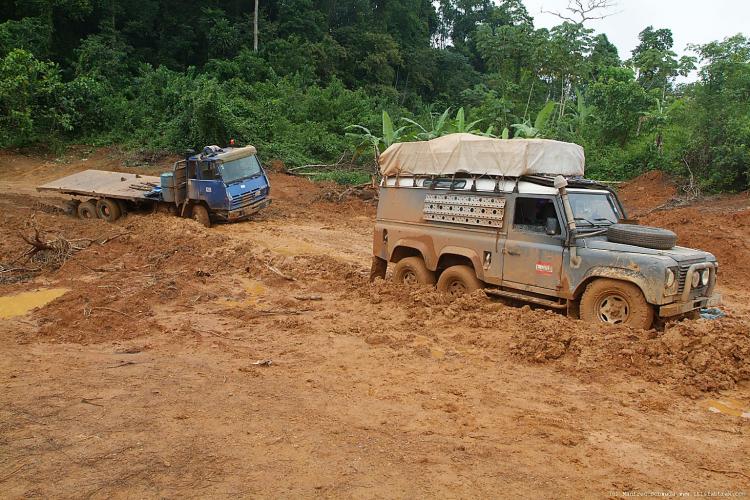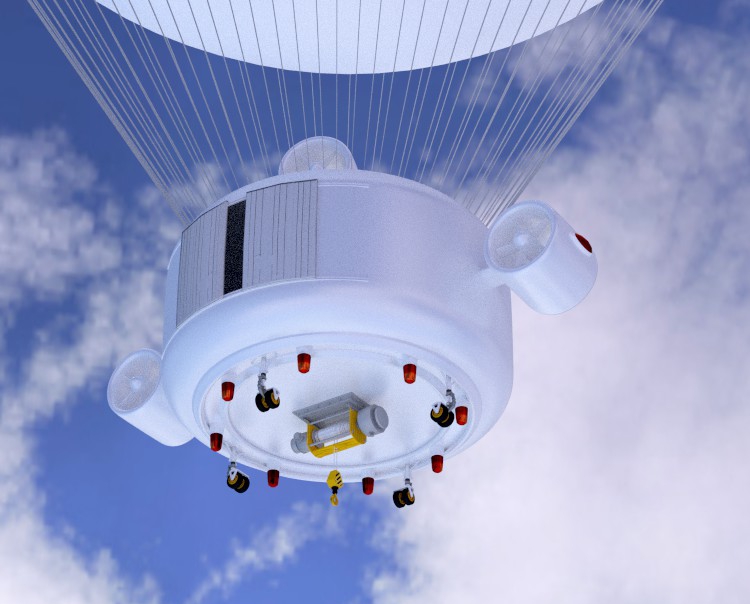Idea
The heavy lift industry – offering traditional transport solutions for oversized and overly heavy goods – has reached its limits.
Even in industrialized countries with an abundance of roads, rails, airports and waterways many of these special transports cannot be executed any more. For example the next 3 Megawatt generation of wind turbines reaches rotor blade lengths of more than 75 meters and nacelles of more than 100 tons, inappropriate for most roads.

In remote regions (Northern Canada, Alaska, Africa, Siberia, …), often rich in natural resources but mostly without proper transportation infrastructure, a working heavy lift airship could open up markets currently neglected, because of the transportation issues.

Airships – with their true point-to-point delivery capabilities – have the potential to solve these problems and finally to penetrate and completely disrupt existing logistics markets like rail, truck, ship or air freight.
There have been many attempts in the past 30 years to develop heavy lift airships. But all of these ventures failed, because they had complex designs and wanted too much too soon. More often than not the airships never left the drawing board or the companies behind the airship ran out of money.
The team behind the KISS Airship has analyzed these unsuccessful heavy lift airship projects and came up with a radically different approach: Design and build the airship according to the KISS-principle:
Keep It Simple Stupid
The KISS-Airship tries to avoid any unnecessary complexity or unproven technology in order to achieve one goal:
Pick up a piece of cargo at point A and deliver it directly to point B
The KISS-Airship might not be pretty or technologically advanced, but it can do a job no other existing vehicle can do.

